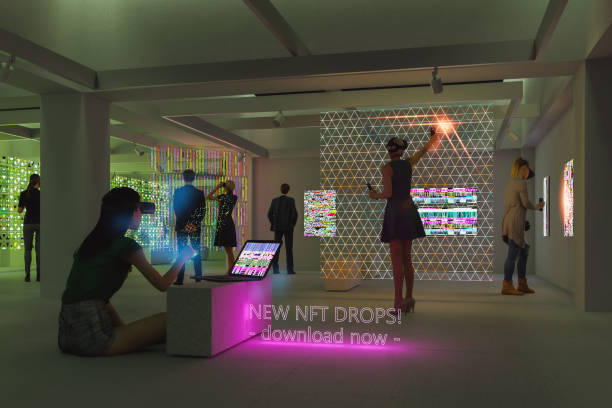Community Partnerships to Strengthen Local Cultural Offerings
Local cultural offerings gain resilience when organizations collaborate with community partners. Shared planning and resource exchange help venues extend programming, improve accessibility, and reach broader audiences. Practical partnerships—from neighborhood groups to schools and small businesses—can support storytelling, curation, and immersive experiences while addressing visitor flow and sustainability concerns.

How can curation and storytelling connect community?
Thoughtful curation that centers local stories encourages participation and deepens relevance. Partnering with neighborhood groups, historians, and community storytellers lets institutions present exhibits and performances that reflect lived experiences. This collaborative curation supports authentic storytelling while expanding the pool of contributors and co-curators. By sharing decision-making, cultural organizations can reduce barriers to entry for creators and ensure programming aligns with community interests, increasing both attendance and a sense of ownership among residents.
How does layout, visitorflow, and wayfinding affect visits?
Physical design and clear wayfinding are vital for enjoyable visits. Partnerships with local designers, accessibility advocates, and transportation agencies can inform layout improvements that manage visitor flow and minimize congestion. Small changes—signage co-created with community volunteers, floor markings for circulation, or coordinated arrival times with nearby businesses—help visitors feel oriented and welcome. Integrating feedback from regular audience members improves layouts over time and supports consistent, safe movement through galleries, stages, and event spaces.
What programming and audience strategies improve engagement?
Collaborative programming with schools, cultural groups, and local artists diversifies offerings and attracts varied audiences. Joint events, pop-up performances, and community-led workshops can lower perceived barriers and invite new demographics. Audience research—conducted in partnership with local organizations—reveals preferences and practical constraints, such as timing or childcare needs. Programming that reflects different cultural calendars and offers layered entry points (talks, hands-on sessions, family-friendly options) increases meaningful engagement across age groups and backgrounds.
How do accessibility and capacity shape inclusivity?
Addressing accessibility and capacity requires partnership-driven solutions. Working with disability advocates, senior centers, and community organizers helps institutions identify physical, sensory, and informational barriers. Simple measures—captioning, seating options, sensory-friendly hours, and clear capacity guidelines—make experiences more inclusive. Community partners can also support outreach to underrepresented groups and co-create policies that balance safety with welcome. Building capacity through shared staffing, volunteer programs, and training initiatives strengthens long-term inclusivity.
How can digital tools and metrics inform sustainability?
Digital collaborations with local tech hubs and universities can improve reach and measure impact. Online platforms support storytelling, ticketing, virtual tours, and accessibility features, while shared analytics help partners track audience behavior, measure engagement, and plan resource allocation. Transparent metrics—attendance patterns, repeat visitation, and participation rates—guide programming priorities and inform sustainable budgeting. Using digital tools strategically enables smaller partners to scale offerings without proportionally increasing physical resource demands.
How can immersive design enhance cultural experiences?
Immersive design benefits from cross-sector partnerships that blend creative, technical, and community expertise. Working with makerspaces, sound designers, and cultural practitioners enables multisensory installations that resonate with local audiences. Co-created immersive projects—such as neighborhood history walks or community-driven installations—encourage participation and foster shared ownership. Ensuring that immersive elements are accessible, interpretable, and adaptable for varied audiences helps sustain interest and supports repeat visitation.
Conclusion
Community partnerships expand the capacity of local cultural organizations to present relevant, accessible, and sustainable programming. Collaborative approaches to curation, layout, programming, accessibility, digital strategy, and immersive design produce richer experiences and strengthen social ties. By sharing resources, expertise, and leadership, cultural partners can better serve diverse audiences while building resilient, locally informed cultural ecosystems.





